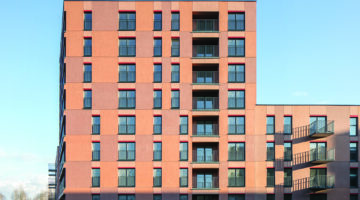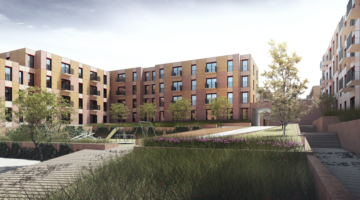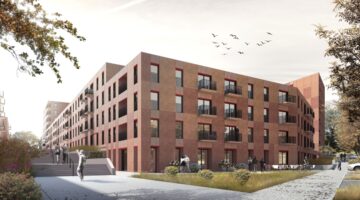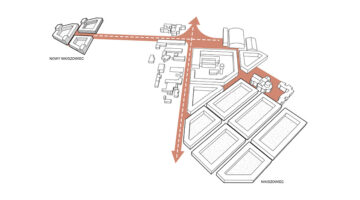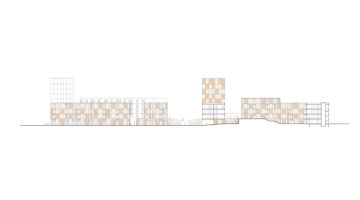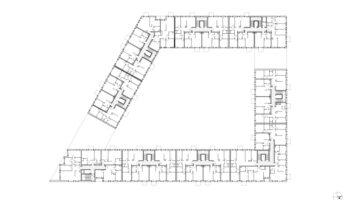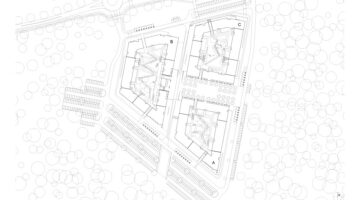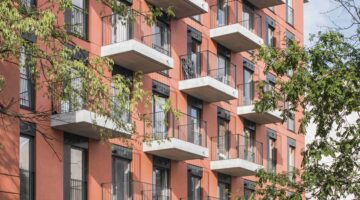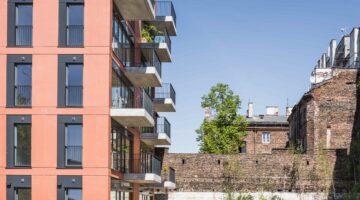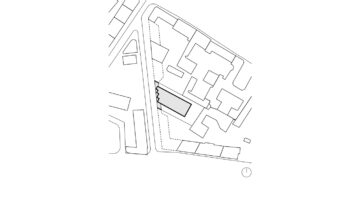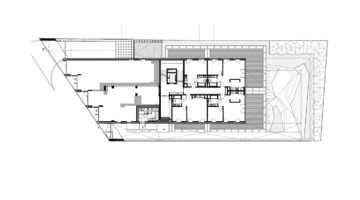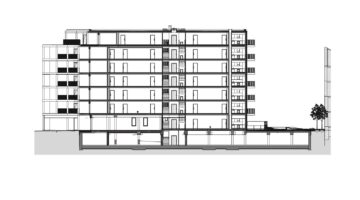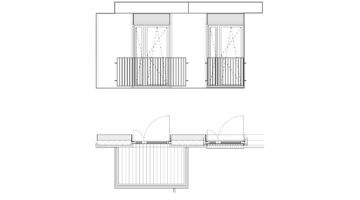
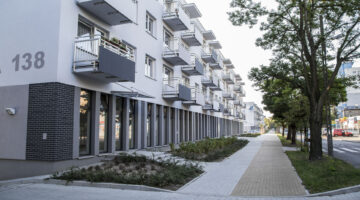
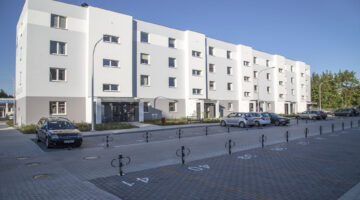

Apartments for graduates - Affordable housing to retain talent
Main objectives of the project
Many recent graduates struggle to find a housing option. Despite its instability in the working market, they are not eligible for public loans or the vast majority of social housing options. The result is that they are forced to leave the city. Poznan faced the challenge to retain talent to help its economy while rental prices are at its highest point. For this reason, the Poznań Social Housing Association (PTBS) created “Apartments for graduates”. The programme consists of a promotion of social housing whose target are recent graduates under 36. Moreover, the programme also supports universities and local employers who gain young and qualified staff.
Date
- 2015: Construction
Stakeholders
- Promotor: Poznań Social Housing Association (PTBS)
Location
Description
Numerous European cities are currently grappling with housing challenges, with adequate housing being a crucial component of overall quality of life. A segment of the population significantly impacted by steep apartment rents is young adults, with studies, and embarking on their independent lives. Typically earning modest incomes and often ineligible for loans, they find themselves financially constrained. Conversely, individuals from Generation Y exhibit a willingness to relocate for promising job opportunities without wanting to commit to substantial financial obligations. In 2015, recognizing this dilemma, the Poznań Social Housing Association (PTBS) launched an initiative titled "Apartments for Graduates" aimed at addressing the housing needs of university graduates and retaining young talent within the city.
This program offers affordable rental rates coupled with favorable housing conditions, leading to a surge in demand for its flats. Applicants undergo a selection process based on specific criteria of income, qualification, jobs opportunities... Successful tenants sign agreements for a fixed term of 10 years, after which apartments are reallocated. They then have the option to enter into indefinite tenancy agreements for other PTBS properties or participate in a rent-to-own scheme.
The existing housing estate comprises five residential buildings encompassing 143 apartments, including 77 one-room and 66 two-room units, along with two underground parking facilities. Situated in close proximity to amenities such as a city park, forest, and astronomy dome, the area is characterized by abundant light and green spaces while being conveniently located near the city center and its well-established infrastructure. Rent levels are tailored to the financial capabilities of young individuals, and apartment sizes and locations are aligned with their requirements.
While the primary objective of the program is to provide quality housing for young people, it also serves to foster the city's overall development. By attracting and retaining educated youth, it contributes to economic and social progress, fostering a vibrant community. Furthermore, the initiative benefits local universities and employers by supplying them with a pool of qualified, young professionals. Applicants are required to contribute to the city's development through tax payments.




